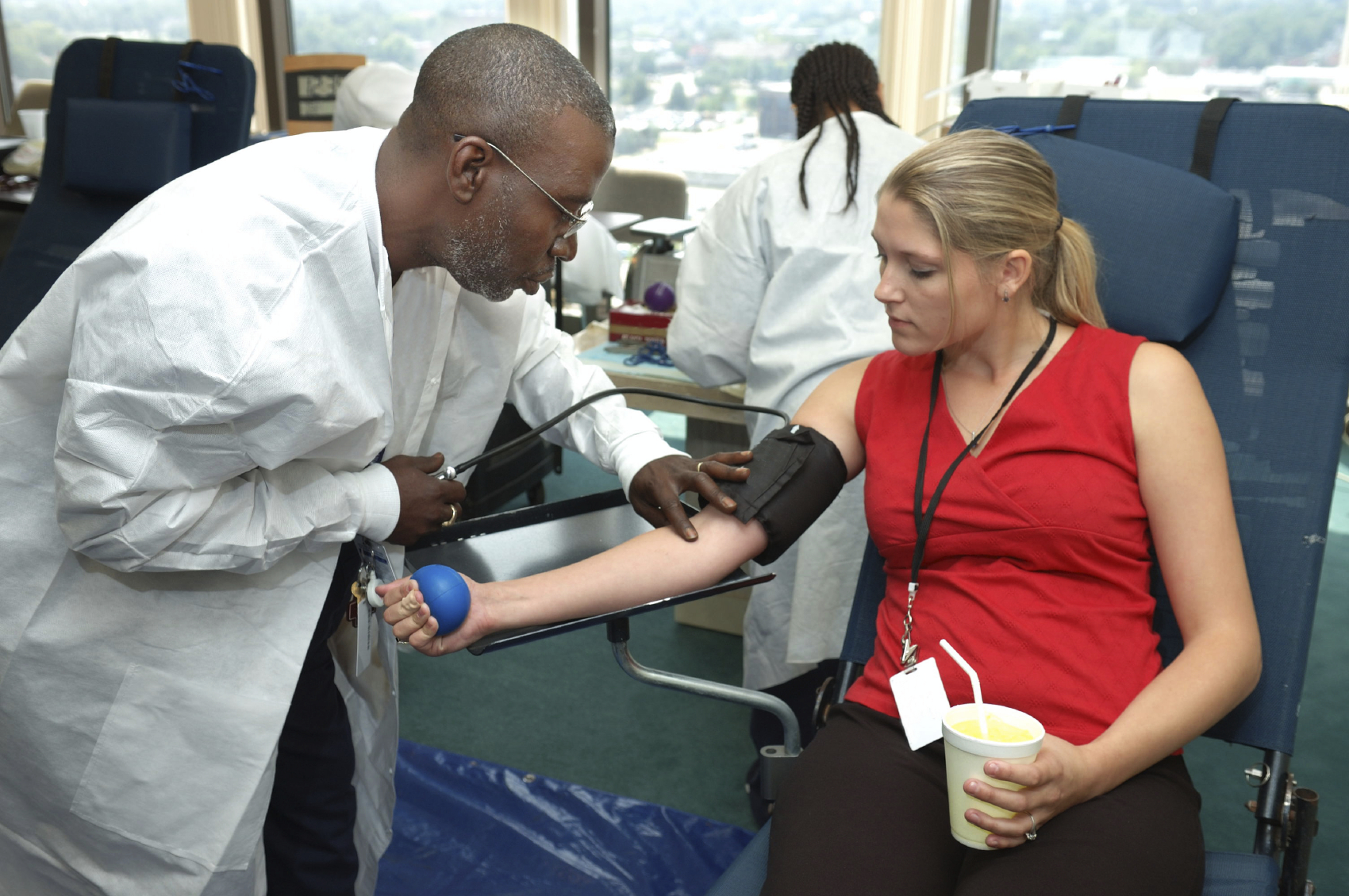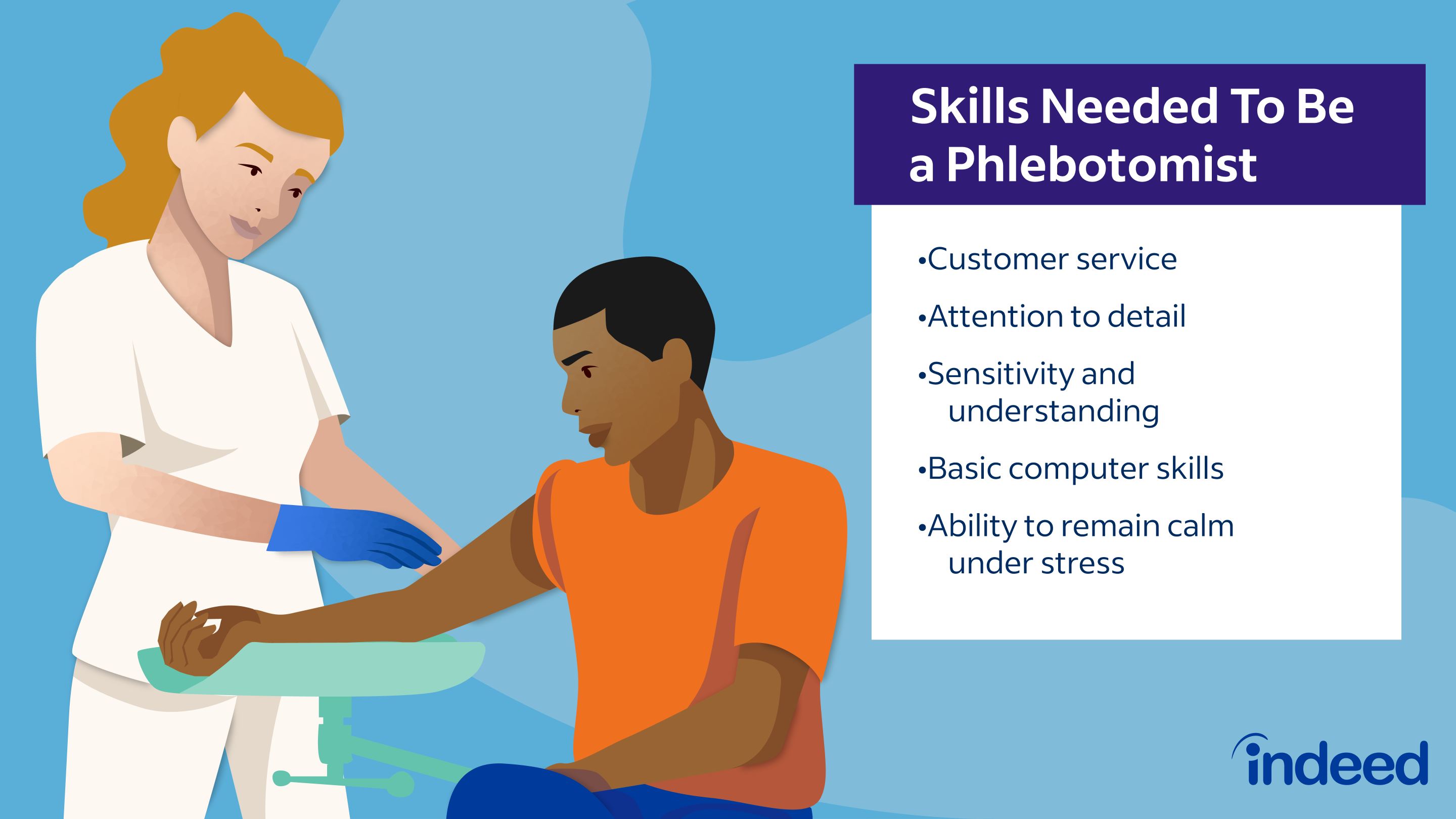The Ultimate Guide To Northeast Medical Institute - New Haven Campus Phlebotomy Course & Cna Class
The Ultimate Guide To Northeast Medical Institute - New Haven Campus Phlebotomy Course & Cna Class
Blog Article
The Buzz on Northeast Medical Institute - New Haven Campus Phlebotomy Course & Cna Class
Table of ContentsUnknown Facts About Northeast Medical Institute - New Haven Campus Phlebotomy Course & Cna ClassIndicators on Northeast Medical Institute - New Haven Campus Phlebotomy Course & Cna Class You Need To KnowThe Basic Principles Of Northeast Medical Institute - New Haven Campus Phlebotomy Course & Cna Class Everything about Northeast Medical Institute - New Haven Campus Phlebotomy Course & Cna ClassUnknown Facts About Northeast Medical Institute - New Haven Campus Phlebotomy Course & Cna ClassSome Known Questions About Northeast Medical Institute - New Haven Campus Phlebotomy Course & Cna Class.
The use of such devices must be accompanied by various other infection avoidance and control methods, and training in their use.For setups with low resources, cost is a motoring consider purchase of safety-engineered devices - CNA Training. Where safety-engineered devices are not available, knowledgeable usage of a needle and syringe serves. Unintended direct exposure and certain info concerning an incident need to be taped in a register. Support services ought to be promoted for those who undertake unintentional exposure.
labelling); transport problems; interpretation of outcomes for professional management. In an outpatient department or clinic, supply a specialized phlebotomy work area containing: a tidy surface with two chairs (one for the phlebotomist and the other for the individual); a hand wash container with soap, running water and paper towels; alcohol hand rub. In the blood-sampling room for an outpatient department or center, give a comfy reclining sofa with an arm remainder.
5 Simple Techniques For Northeast Medical Institute - New Haven Campus Phlebotomy Course & Cna Class
Guarantee that the indications for blood tasting are plainly defined, either in a composed method or in documented guidelines (e.g. in a research laboratory type). Gather all the tools required for the procedure and location it within safe and simple reach on a tray or cart, ensuring that all the products are clearly visible.
Where the person is adult and aware, adhere to the steps detailed listed below. Present yourself to the individual, and ask the client to state their full name. Inspect that the research laboratory kind matches the client's identity (i.e. match the client's details with the lab type, to make certain accurate recognition). Ask whether the patent has allergic reactions, phobias or has actually ever before collapsed during previous shots or blood draws.
Make the individual comfortable in a supine position (if feasible). The person has a right to decline a test at any type of time prior to the blood sampling, so it is essential to make sure that the client has actually comprehended the treatment - Phlebotomy Classes.
Northeast Medical Institute - New Haven Campus Phlebotomy Course & Cna Class for Beginners
Extend the client's arm and check the antecubital fossa or forearm. Find a vein of an excellent size that is visible, straight and clear. The layout in Area 2.3, reveals common positions of the vessels, yet many variations are feasible. The mean cubital capillary lies in between muscular tissues and is typically one of the most simple to puncture.
DO NOT put the needle where blood vessels are drawing away, since this increases the chance of a haematoma. Finding the vein will help in identifying the right size of needle.
Haemolysis, contamination and presence of intravenous liquid and medicine can all change the results (39. Nursing team and physicians might access main venous lines for specimens adhering to procedures. However, samplings from central lines bring a danger of contamination or incorrect lab examination outcomes (https://my-store-fabed7.creator-spring.com). It is appropriate, however not perfect, to draw blood samplings when first introducing an in-dwelling venous tool, prior to connecting the cannula to the intravenous liquids.
Everything about Northeast Medical Institute - New Haven Campus Phlebotomy Course & Cna Class
Failure to enable enough call time increases the threat of contamination. DO NOT touch the cleansed site; in specific, DO NOT put a finger over the blood vessel to assist the shaft of the revealed needle.
Ask the individual to develop a clenched fist so the blood vessels are much more popular. Enter the blood vessel swiftly at a 30 degree angle or less, and remain to introduce the needle along the vein at the most convenient angle of access - Phlebotomy Training. When adequate blood has actually been accumulated, launch the tourniquet prior to withdrawing the needle
Fascination About Northeast Medical Institute - New Haven Campus Phlebotomy Course & Cna Class
Take out the needle gently and use mild stress to the website with a tidy gauze or completely dry cotton-wool round. Ask the client to hold the gauze or cotton woollen in position, with the arm prolonged and raised. Ask the patient NOT to flex the arm, since doing so creates a haematoma.

What Does Northeast Medical Institute - New Haven Campus Phlebotomy Course & Cna Class Do?
Do not push see this page the syringe bettor due to the fact that extra stress increases the threat of haemolysis. Where feasible, keep televisions in a shelf and relocate the shelf towards you. Infuse downwards into the proper coloured stopper. DO NOT remove the stopper since it will launch the vacuum. If the example tube does not have a rubber stopper, inject exceptionally slowly into the tube as lessening the stress and rate made use of to transfer the sampling decreases the risk of haemolysis.

Report this page